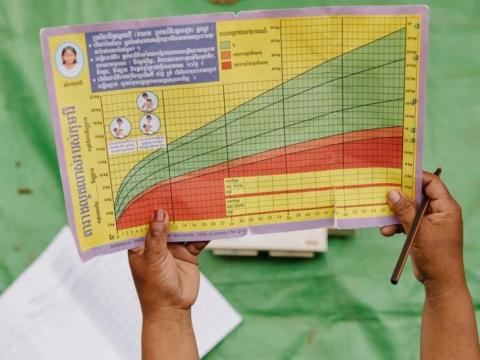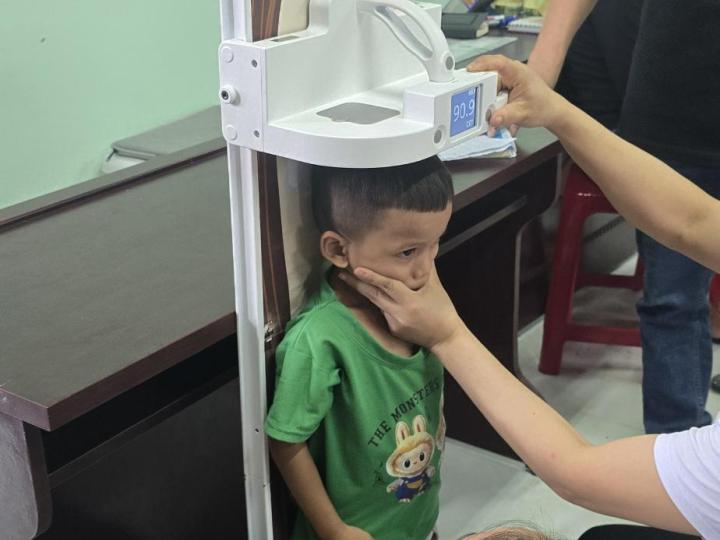
Piloting laser devices to improve child growth monitoring
Accurate growth measurements are essential for assessing children’s nutrition, identifying and referring malnourished children early, and monitoring healthy growth. Measuring a child's height or length is especially important for detecting wasting (acute malnutrition) and stunting (chronic malnutrition). However, measuring height or length accurately can be challenging.
Why accurate measurement is challenging
- Young children, especially those under two years, often move or resist being measured.
- Reading tape measurements precisely in the field can be difficult.
- Traditional wooden height boards are bulky and heavy to carry.
- UNICEF-approved height boards are expensive (around USD 500 each), while locally-made versions can be poor quality and warp after one to two years.
Even with improvements in design, existing tools have not met the required standards for accuracy and usability in field conditions – achieving less than 99% agreement and precision with standard measurements.
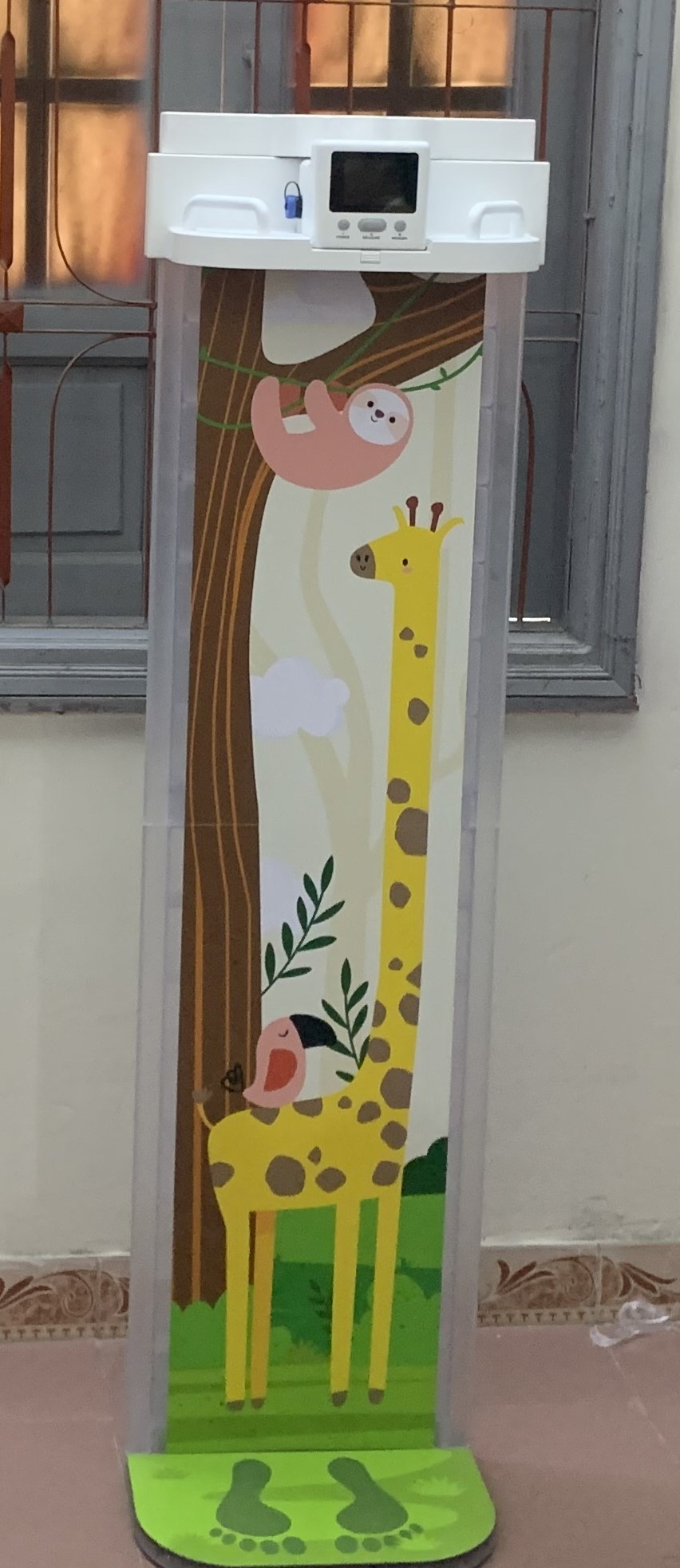 An innovative partnership
An innovative partnership
To solve these challenges, World Vision partnered with Magpie Tech Inc., a company with patented triple-laser technology. Together, we co-designed a laser-based anthropometric device that transforms how children's height and length are measured. This new laser device:
- Compact and lightweight - fits easily into a backpack for transport
- Made from durable, medical-grade plastic that resists warping
- Easy for volunteers to use accurately
- Affordable (around USD 150, including shipping)
- Equipped with Bluetooth, Wi-Fi, and memory storage
- Eliminates need for level ground or a flat wall
- Easier to read large digital LCD screen rather than fine ruler lines
- Waterproof and suitable for both height and length measurements
Tested in the field – with outstanding results
The prototype was piloted in Viet Nam during a national growth monitoring census.
- 571 young children were measured using both the gold-standard wooden height board and the new laser device (279 children under 24 months and 292 children 24 months or older).
- The laser device achieved over 99% accuracy and precision compared to the standard tool.
- The average difference between measurements taken by experts (using the board) and volunteers (using the laser) was only 0.47 cm – well within the WHO’s acceptable threshold of 0.7 cm.
These results show that the device is reliable, accurate, and practical for use by community health volunteers in real-world conditions.
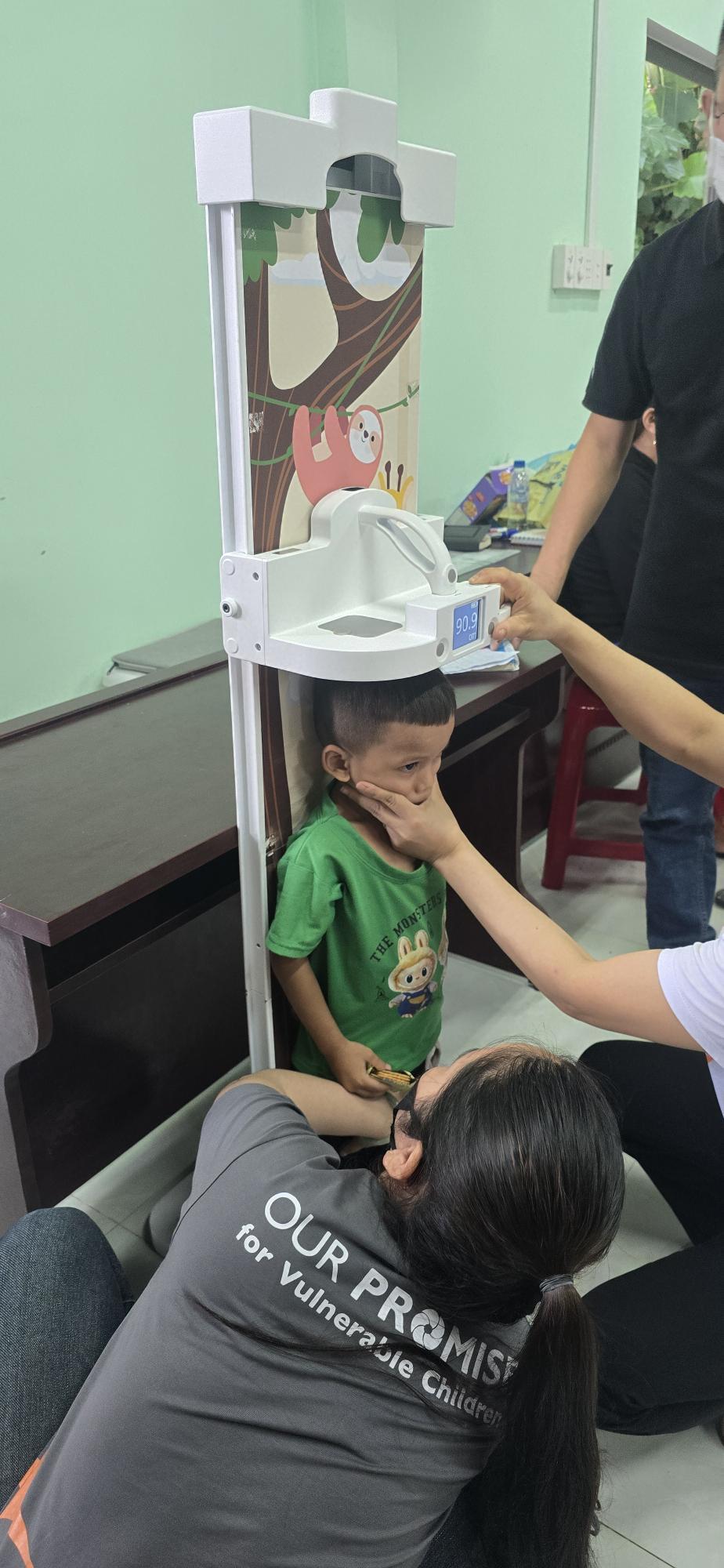
Anthem Awards finalist
This innovative laser height measuring research has been named a finalist in the 2025 Anthem Awards, under the Responsible Technology category. Public voting for the Community Voice Award closed on October 30 and the winners will be announced on November 18, 2025.
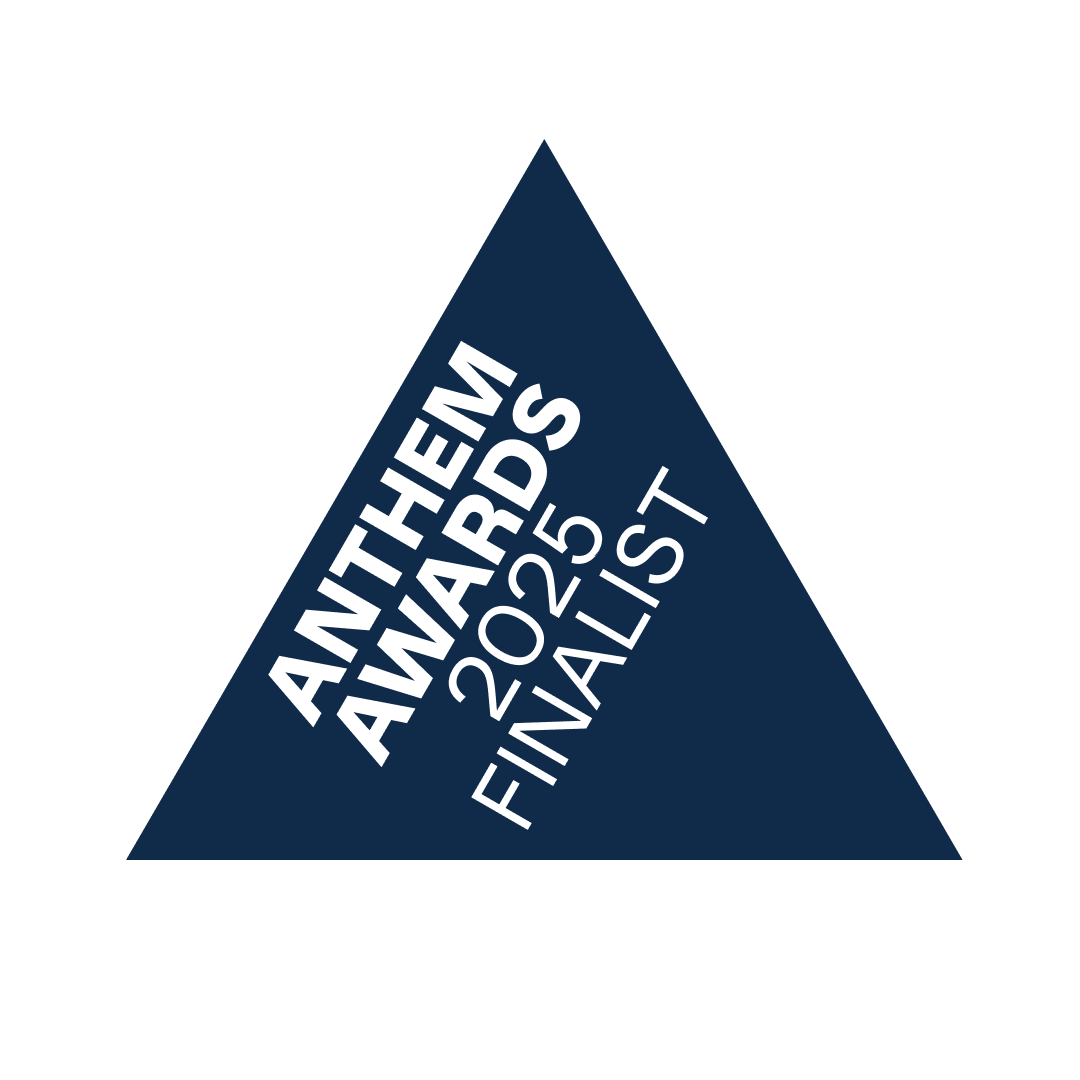
Looking ahead
Building on this success, World Vision and Magpie Tech are developing an integrated laser device that can measure height, length, and weight – all in one tool. This innovation will make nutrition assessment even more efficient, reduce equipment costs, and improve data quality to help more children get the care they need.
Together, we’re using technology to make child nutrition programmes smarter, faster, and more effective – so every child can grow up healthy and strong.
Partners
World Vision International, Canada, South Korea, and Viet Nam, London School of Hygiene & Tropical Medicine, Magpie Tech Inc.

Timeline
February 2022 to December 2025
